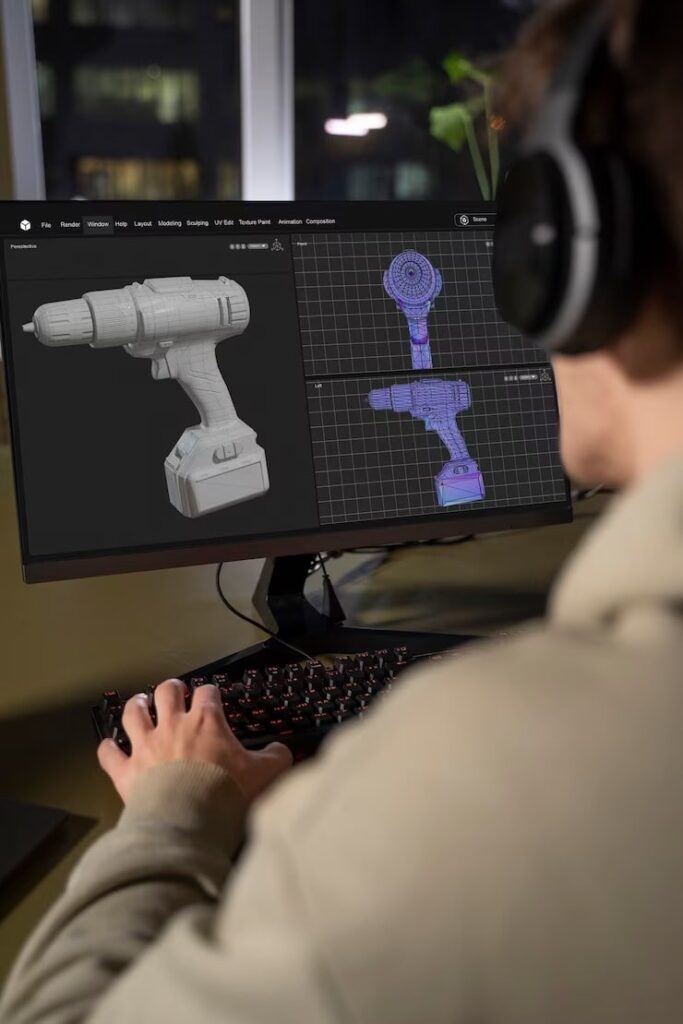Key Capabilities 3D Modeling
3D modeling is the process of creating a three-dimensional representation of an object or space using specialized software. In the context of industrial and processing facilities, 3D modeling can provide a number of benefits. Some of these benefits include:
- Visualization: 3D models can help engineers and operators visualize the layout and design of industrial and processing facilities. This can help identify potential design flaws and facilitate better decision-making.
- Improved design and planning: 3D models can help engineers and designers identify and address potential design and planning issues before construction begins. This can help reduce errors and improve efficiency.
- Collaboration: 3D models can be shared with stakeholders, including engineers, operators, and contractors, to facilitate collaboration and communication. This can help improve coordination and reduce misunderstandings.
- Cost savings: 3D modelling can help identify potential cost savings through improved design and planning, reduced errors, and more efficient construction and operation.
- Safety: 3D models can help identify potential safety hazards and facilitate the development of safety plans. This can help reduce the risk of accidents and injuries.
- Maintenance and repair: 3D models can help identify potential maintenance and repair issues, facilitate the development of maintenance plans, and improve the efficiency of maintenance activities.
Overall, 3D modelling can provide significant benefits for industrial and processing facilities by improving design and planning, facilitating collaboration, reducing costs, improving safety, and improving the efficiency of maintenance and repair activities.

Our Location
© Copyright 2024 Dews Energy And Construction Services. All Rights Reserved.
+6148 9979 904
